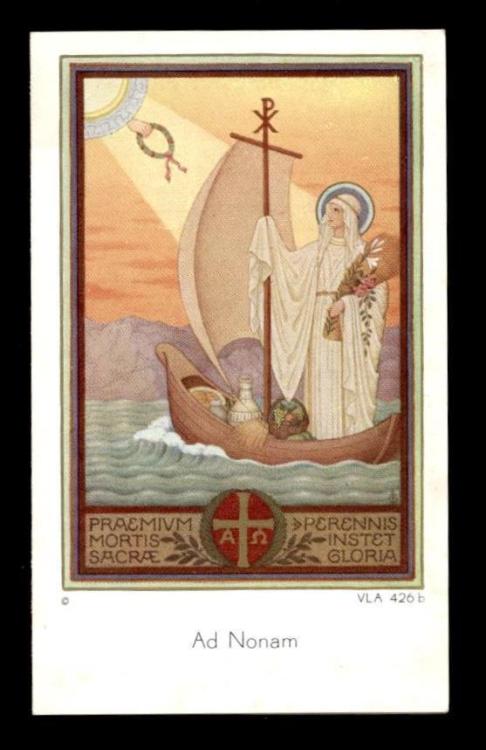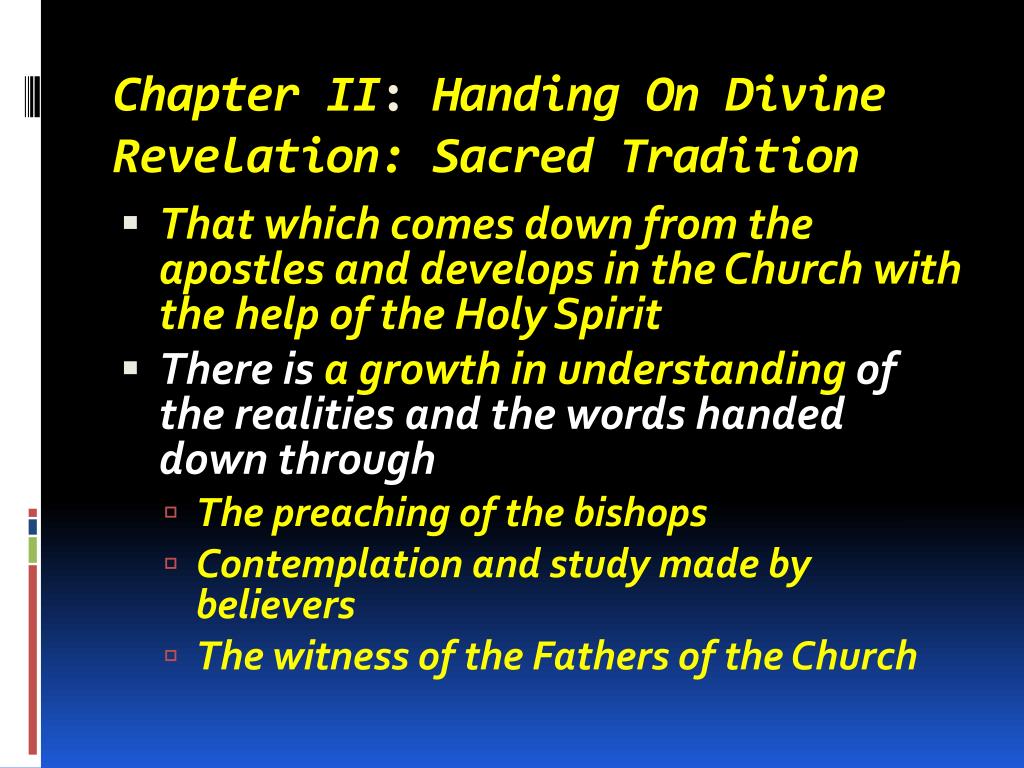
The Liturgy of the Eucharist is about giving thanks to God for sacrificing his only son to die for the sins of humanity and humanity’s redemption. So were the early Catholics, who used the Greek word “eucharist” –also meaning thanksgiving– to celebrate the life of Christ. We’re familiar with the concept of Thanksgiving, a holiday we celebrate every year. In Catholicism the Liturgy of the Eucharist is one of the five main segments of a mass.

If it’s on a different topic, like morality or beliefs, then it’s called a sermon. This segment is called a homily if it ties in directly to the readings from the day’s Liturgy of the Word. This symbolizes that the upcoming presentation of the gospel will be present in their thoughts, in their speech, and in their hearts.Īfter the gospel reading the priest or deacon attempts to connect the story just heard by the congregation with their daily lives in a way that’s relatable and understandable. Before the gospel is read the congregation makes the sign of the cross over their foreheads, lips, and heart. The New Testament gospel reading is the high point of the Liturgy of the Word where the Catholic community feels the presence of Christ among them. The prayer times each day proceed in this order, and are referred to as the canonical hours: Taking place seven times per day, attendance by lay churchgoers is encouraged though optional, and if it’s not possible to attend at a church people can pray independently. While Catholics in general are required to attend church on Sundays and holy days of obligation like Epiphany and All Saints’ Day, consecrated members of the church like priests and nuns are additionally required to attend the Liturgy of the Hours. What is the Liturgy of the Hours?Īlso known as the Divine Office and Opus Dei, the Liturgy of the Hours is a Catholic tradition that refers to specific times of the day when select passages from the Bible –mostly psalms– and other religious content such as hymns and chants are presented aloud in church. But in reality, any Christian faith community that joins together to praise God is engaged in liturgy: a church service and a public work.

In these cases, the churches are using a definition of liturgy that’s synonymous with ritual.

Churches that emphasize their pattern of worship may even refer to themselves as being a liturgical church, and churches with a less formalized service structure may declare themselves to be non-liturgical churches. Today some churches adhere more strictly to a pattern of rituals and elaborate template for weekly worship than others.


 0 kommentar(er)
0 kommentar(er)
